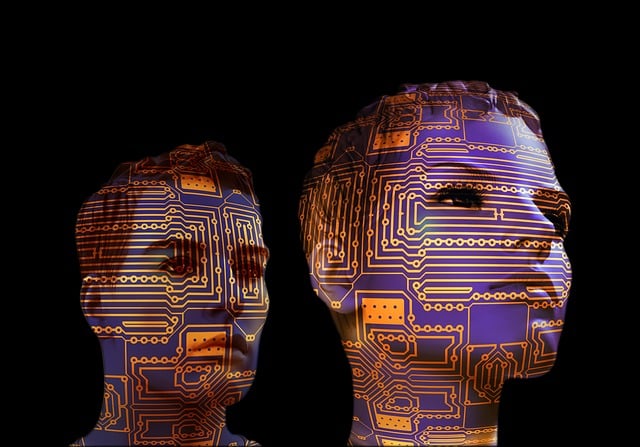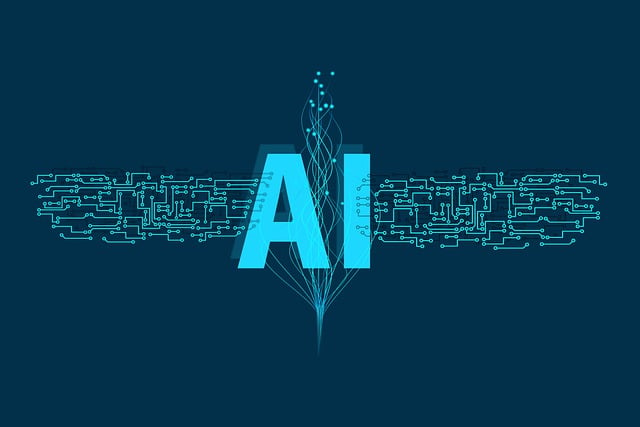Deepfakes: What are different types of Deepfakes?

If you are using social media, then you’ve seen a lot of deepfakes. In yesteryears, you have seen a lot of fake pictures using Photoshop. The 21st century’s answer to Photoshopping is Deepfakes which use a form of artificial intelligence called deep learning to make images of fake events.

What is Deepfakes?
Deepfake AI is a type of artificial intelligence used to create convincing image, audio and video hoaxes. It uses deep neural networks (DNNs) to change a specific person’s identity. 37% of organizations are experiencing deepfake voice fraud and 29% falling victim to deepfake videos, according to a survey.
Different Types of Deepfakes
Deepfakes come in various types from visual to vocal and even text-based ones. Let’s look at different types of deepfakes:
- Textual deepfakes: Textual deepfakes imitate human-written texts and can be used to spread fake information.
- Deepfake videos: Videos created using Artificial Intelligence (AI)-powered deep learning software (hence the name) to show people saying and doing things that they didn’t say or do.
- Deepfake images: Real photographs of people can be edited to have different bodies and faces.
- Face-swapping deepfakes: The face of one person is superimposed onto another’s using deep learning algorithms.
- Voice synthesis: Creates synthetic voice recordings that mimic someone’s speech patterns and intonations.
- Object manipulation: Deep learning can manipulate objects within videos, changing their appearance or behaviour.
- Hybrid deepfakes: Combining multiple techniques, such as face-swapping with altered video.
- Real-time/live deepfakes: Real-time audio/video clones of someone can be generated. Voice-based authentication can be misused using these types of deepfakes.
How Dangerous Are Deepfakes?
Typically, deepfakes are used for malicious purposes. Today these technology is used across various industries whether for with the intent of harm or not. Deepfakes are used to generate new music using the existing bodies of an artist’s work. They can be designed to harass, intimidate, demean and undermine people.
How to detect deepfakes?
It is crucial to recognize and address their potential negative impacts. Some of the countermeasures are:
- Detection tools
- Social media rules and policies
- Awareness and education
- Technological advancements
Conclusion
Using deepfakes can lead to threats to personal and organizational reputation. Since deepfakes technology is evolving rapidly, it is hard to detect them which makes it easy to perform fraud, spread disinformation, and publish malicious content against victims. Their authenticity and genuineness is quite deceiving.
We hope that detection methods also continue to evolve with time!!